Sheena Davis
Restoring riparian habitats for benefits to biodiversity and human livelihoods: a systematic map protocol for riparian restoration approaches in the tropics
Davis, Sheena; Grainger, Matthew; Pfeifer, Marion; Pattison, Zarah; Stephens, Philip; Sanderson, Roy
Authors
Matthew Grainger
Marion Pfeifer
Zarah Pattison
Professor Philip Stephens philip.stephens@durham.ac.uk
Professor
Roy Sanderson
Abstract
Background
Riparian zones are vital transitional habitats that bridge the gap between terrestrial and aquatic ecosystems. They support elevated levels of biodiversity and provide an array of important regulatory and provisioning ecosystem services, of which, many are fundamentally important to human well-being, such as the maintenance of water quality and the mitigation of flood risk along waterways. Increasing anthropogenic pressures resulting from agricultural intensification, industry development and the expansion of infrastructure in tropical regions have led to the widespread degradation of riparian habitats resulting in biodiversity loss and decreased resilience to flooding and erosion. Considering climate change and its associated effects on freshwater systems, the need to build resilience and adaptive capacities is pertinent. This has prompted the need to protect existing riparian habitats and the implementation of solutions to restore these degraded habitats to recover their functional capacity. This systematic map will aim to identify and collate existing literature on approaches for riparian restoration implemented in tropical regions and identify what indicators have been used to measure outcomes for biodiversity and human well-being. The resulting collation of evidence will help to identify current knowledge gaps and inform the direction of future research.
Methods
To address the aims of this systematic map, a search of pre-identified bibliographic databases will be undertaken using a set string of search terms. In addition to this, a grey literature search will be conducted using Google Scholar and by searching for references using specialist websites. All literature that is gathered will be screened by title, abstract and full text using a two-phase screening process which adheres to a pre-determined eligibility criteria. Data will then be coded from the collated group of articles using a pre-designed data coding sheet. Heterogeneity will likely be present in the data; therefore, studies will be grouped appropriately based on the restoration strategy implemented and, on the type of outcome measured. These will be presented as sub-groups. A narrative synthesis of map findings will be produced, this will outline the distribution and frequency of restoration interventions, and outcomes measured, and will highlight evidence gaps to direct future research.
Citation
Davis, S., Grainger, M., Pfeifer, M., Pattison, Z., Stephens, P., & Sanderson, R. (2025). Restoring riparian habitats for benefits to biodiversity and human livelihoods: a systematic map protocol for riparian restoration approaches in the tropics. Environmental Evidence, 14, Article 2. https://doi.org/10.1186/s13750-025-00355-8
| Journal Article Type | Article |
|---|---|
| Acceptance Date | Jan 10, 2025 |
| Online Publication Date | Jan 30, 2025 |
| Publication Date | 2025 |
| Deposit Date | Feb 4, 2025 |
| Publicly Available Date | Feb 5, 2025 |
| Journal | Environmental Evidence |
| Electronic ISSN | 2047-2382 |
| Publisher | BioMed Central |
| Peer Reviewed | Peer Reviewed |
| Volume | 14 |
| Article Number | 2 |
| DOI | https://doi.org/10.1186/s13750-025-00355-8 |
| Public URL | https://durham-repository.worktribe.com/output/3467187 |
Files
Published Journal Article
(924 Kb)
PDF
Publisher Licence URL
http://creativecommons.org/licenses/by/4.0/
You might also like
Removing Human Bottlenecks in Bird Classification Using Camera Trap Images and Deep Learning
(2023)
Journal Article
Multi-lingual literature searches are needed to unveil global knowledge
(2023)
Journal Article
Drivers of the changing abundance of European birds at two spatial scales
(2023)
Journal Article
